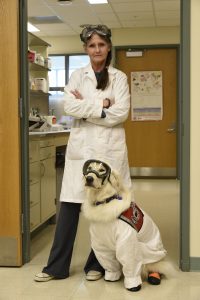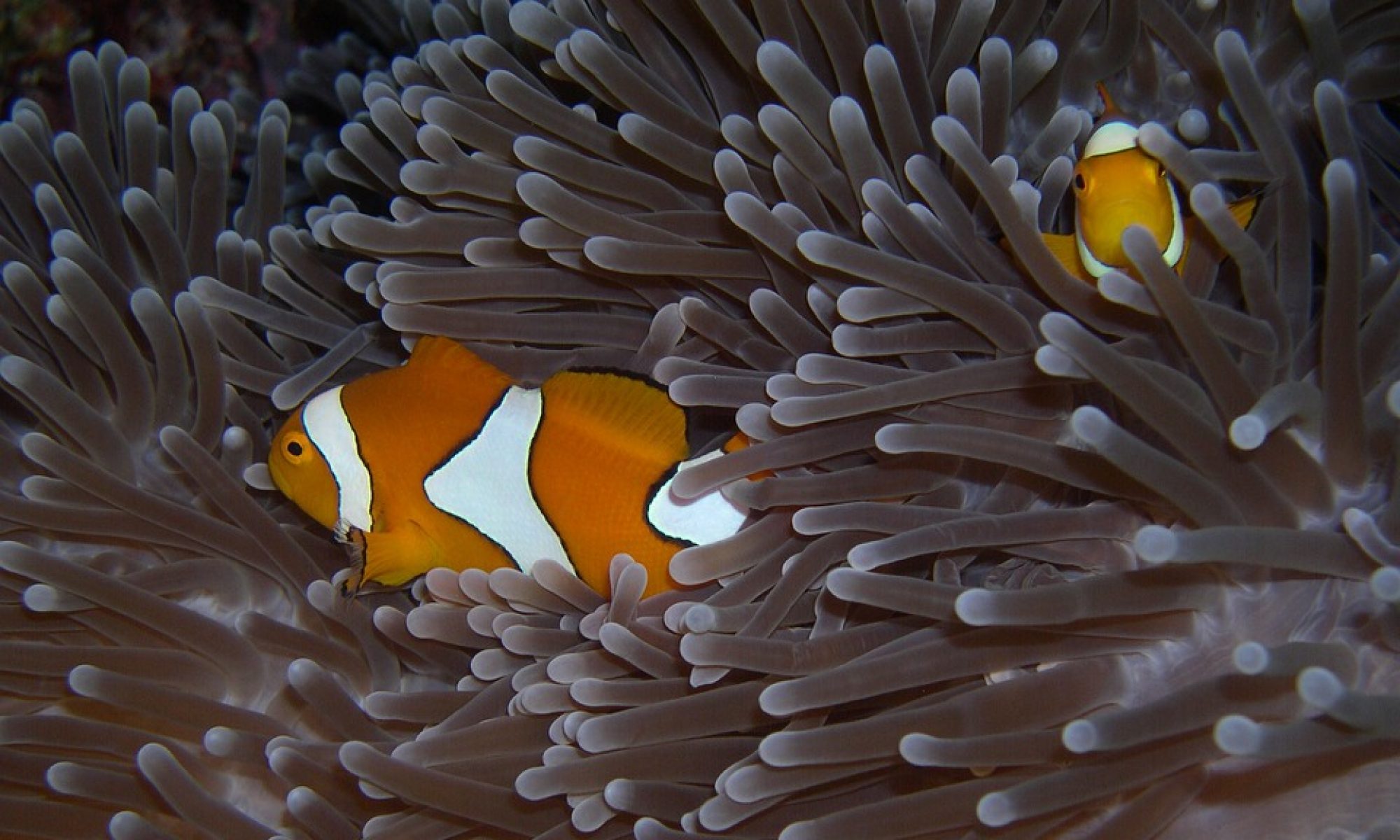Service dog handlers in STEM: diversity and inclusion efforts need work to remove barriers

Diversity strengthens science, but current policies need to do more to explicitly address inclusion of the growing population of people with disabilities who rely on service dogs.
Nature Reviews Endocrinology
Two hormones drive anemonefish fathering, aggression
 Two brain-signaling molecules control how anemonefish dads care for their young and respond to nest intruders, researchers report in a new study. Because there are many similarities in brain structure between fish and humans, the findings offer insight into the fundamental nature of parental care, the scientists say.
Two brain-signaling molecules control how anemonefish dads care for their young and respond to nest intruders, researchers report in a new study. Because there are many similarities in brain structure between fish and humans, the findings offer insight into the fundamental nature of parental care, the scientists say.
Service Animals In The Lab: Who Decides?
 Lab classes are requirements for many STEM degrees, and keeping people with disabilities out of the lab effectively rules out certain degrees for students with service animals, Ramp says. “Sadly, there are a lot of science faculty that are reluctant to allow anyone with a disability into STEM or science. And when you have a service dog, that makes it an even bigger problem. From the moment you walk in, it’s very visible, it’s very different, and they have the power to say ‘No.’ ”
Lab classes are requirements for many STEM degrees, and keeping people with disabilities out of the lab effectively rules out certain degrees for students with service animals, Ramp says. “Sadly, there are a lot of science faculty that are reluctant to allow anyone with a disability into STEM or science. And when you have a service dog, that makes it an even bigger problem. From the moment you walk in, it’s very visible, it’s very different, and they have the power to say ‘No.’ ”
Dogs for Diversity
 Student service dog handlers frequently feel unsupported by their science faculty and are advised against pursuing an education in STEM. It is time for open-minded communication and collaboration to make policies workable for every student
Student service dog handlers frequently feel unsupported by their science faculty and are advised against pursuing an education in STEM. It is time for open-minded communication and collaboration to make policies workable for every student
For anemonefish, sex change happens first in the brain
 Illinois psychology professor Justin Rhodes and his colleagues discover that the male-to-female sex change in anemonefish occurs first in the brain. The findings describe the first known example of an animal undergoing a sex change in the brain before it occurs in the sex organs
Illinois psychology professor Justin Rhodes and his colleagues discover that the male-to-female sex change in anemonefish occurs first in the brain. The findings describe the first known example of an animal undergoing a sex change in the brain before it occurs in the sex organs
